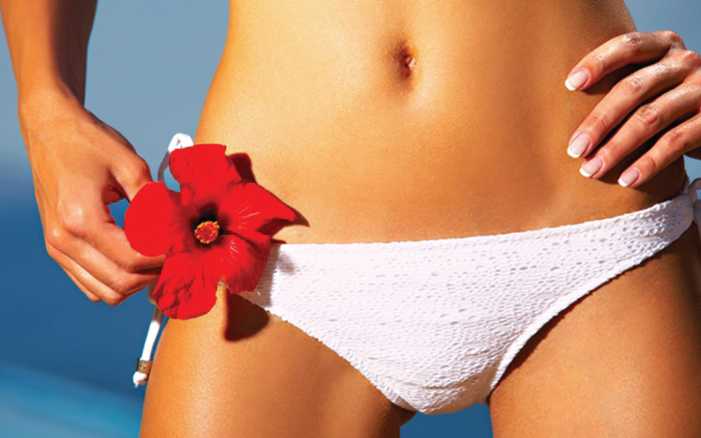A BEGINNER’S GUIDE TO BRAZILIAN WAX

Over the years, the Brazilian wax has become popular with many women opting for it as it is a long-lasting way of maintaining a super smooth and hair-free pubic skin. But what does Brazilian waxing entail and is it safe?
Previously, Brazilian wax was common among celebrities but today even the average fashionable woman swears by it. Brazilian wax is a form of semi-permanent hair removal that gets rid of hair from the entire genital area including any fluff that is in between the buttocks. With this form of hair removal, new hair takes four to six weeks to grow back.
Despite the fact that it comes with some level of pain, those who prefer it cite the feeling of sexiness, ability to comfortably wear a bikini in public and the fact that the hairs take time to grow back as reasons to why they prefer Brazilian wax to shaving.
If you haven’t had a Brazilian wax before, chances are that you have possibly thought about it and probably wondered about its health implications. It is believed that being bare down there doesn’t necessary increase the risk of genital health problems; rather, it is the procedure itself that can be perilous. Some of the risks include irritation, infection and even inflammation because the skin around the genital area is more delicate than other areas of the body hence more prone to swelling. Some ladies have complained of discovering strange bumps along their labia after a Brazilian wax, which are easy to confuse with a sexually transmitted infection (STI).
Of note is that some gynaecologists are against Brazilian waxing stating that it’s not advisable to rip off the hairs out of one’s skin, as is the case when waxing, especially in a place as sensitive as the vagina, which makes it susceptible to an infection. In addition, some beauticians are known to double dip (using the same stick each time they dip into the tub of hot wax, which contaminates the wax and allows bacteria to spread from one client to another).
But if you must do the Brazilian wax, it is wise to take precautions. To begin with, don’t schedule for a waxing appointment a week before or after your monthly periods as this is when your body is most sensitive and therefore the exercise can be quite painful.
Once ready for a wax, ensure you only do it in a spa that upholds very high hygiene standards. During the exercise, it is vital that you insist on the use of disposable sheets on the waxing table, disposable gloves, and either sterilised metal spatulas or single-use wooden or plastic spatulas. Of equal importance is the need to ensure that the personnel offering the service are experienced and qualified. Insist that the beautician uses alcohol-free wax as wax that has alcohol in it can pull out layers off your skin.
Avoid wearing tight underwear and clothes for a few days after waxing. This is because tight clothes are prone to cause more sweating which can increase the risk of bacterial infection. Equally, the friction caused by tight clothes can cause irritation to the already sensitive area.
Carry a clean pair of cotton underwear to wear after waxing and then keep off exercise, steamy saunas, hot tubs and hot water baths for at least a day. If you are still in pain or notice any signs of swelling at least 48 hours after waxing, consult a doctor or gynaecologist as soon as possible.
Buy a copy of the October issue to read this and many more




